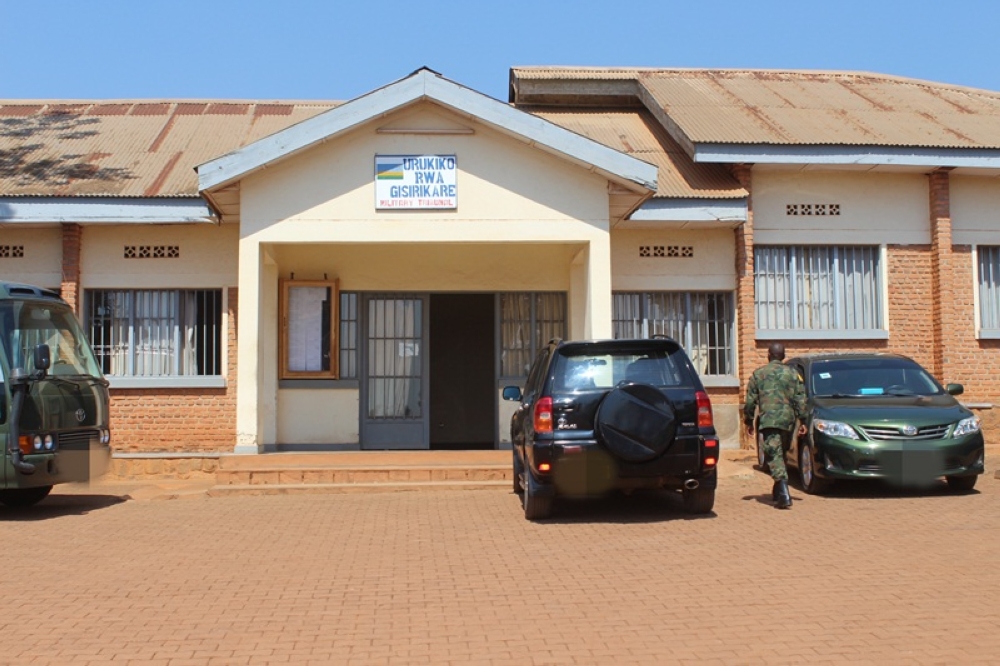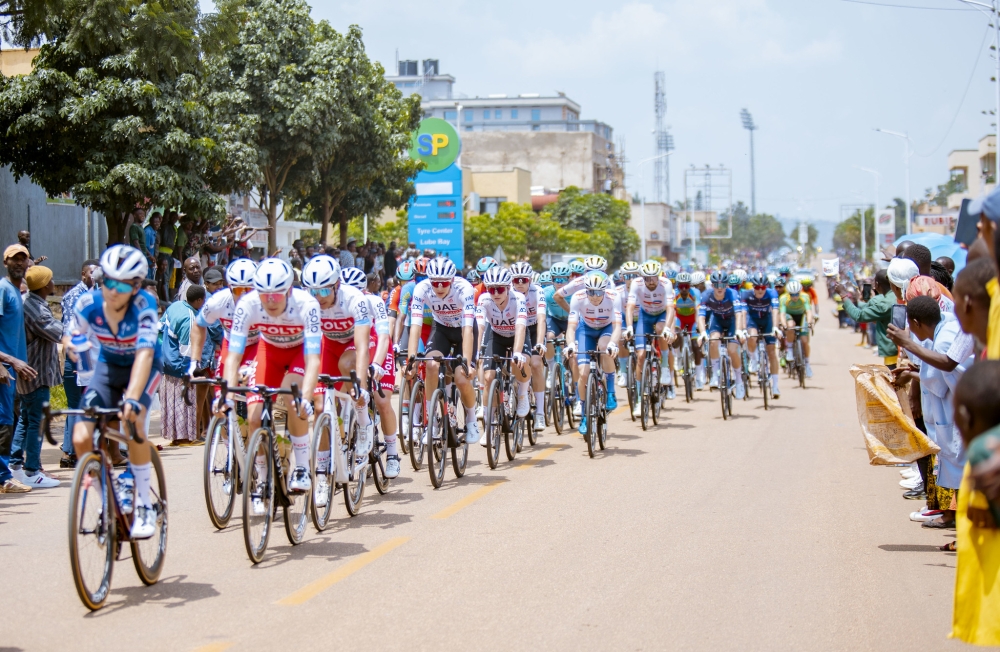Recently, Governors of the National Banks of the East African Community (EAC) Partner States met in Kigali. The governors who were attending the 12th meeting on the EAC Monetary Affairs Committee (MAC) — tasked with the mandate of laying the foundation for a Monetary Union in the region— said that creation of the monetary union was on course.

Recently, Governors of the National Banks of the East African Community (EAC) Partner States met in Kigali.
The governors who were attending the 12th meeting on the EAC Monetary Affairs Committee (MAC) — tasked with the mandate of laying the foundation for a Monetary Union in the region— said that creation of the monetary union was on course.
The EAC Secretariat says that it has secured funding for the comprehensive study on the EAC Monetary Union and that the European Central Bank has been contracted to undertake this study.
For starters, in August 2007, the EAC heads of states decided to fast track the establishment of the monetary union by 2012 as opposed to 2015. This also comes with 2010 as the target for a fully functioning EAC Common Market.
Before the Heads of State agreed on the decision of implementing the monetary union in 2012, it had been agreed that meaningful monetary and financial integration could only be achieved only with a sustainable convergence of economic fundamentals.
In stage one (2007-2010), the governors had agreed to an overall budget deficit to GDP ratio (excluding grants) of not more than six percent and an overall budge deficit to GDP ratio (including grants) of not more than three percent with an annual average inflation rate not exceeding five percent.
Today, most of the macroeconomic indicators are divergent with inflations of all East African economies not in single digits. Rwanda’s annual average inflation in April was 17.08 percent, Uganda 13.4 percent, Kenya 26.1 percent and Tanzania 12 percent.
Members had also agreed to achieve and maintain stable real exchange rates, achievement and maintenance of market based interest rates, achievement of sustainable real GDP growth rate of not less than seven percent and national savings to GDP ratio of not less than 20 percent.
Moreover there are widening budget and current account deficits, falling export prices and high interest rate spreads as the region continues to battle the impact of the global economic recession.
For the financial integration to function well, the member sates also need to put in place harmonised monetary policies, legal and regulatory framework for banking supervision, development of financial markets and payment systems.
Whereas EAC states’ politicians see 2012 as an attainable target for the momentary union, economists will find it hard to meet this ambitious goal because convergence of macroeconomic policies by this date seems to be out of their reach.
Ends




